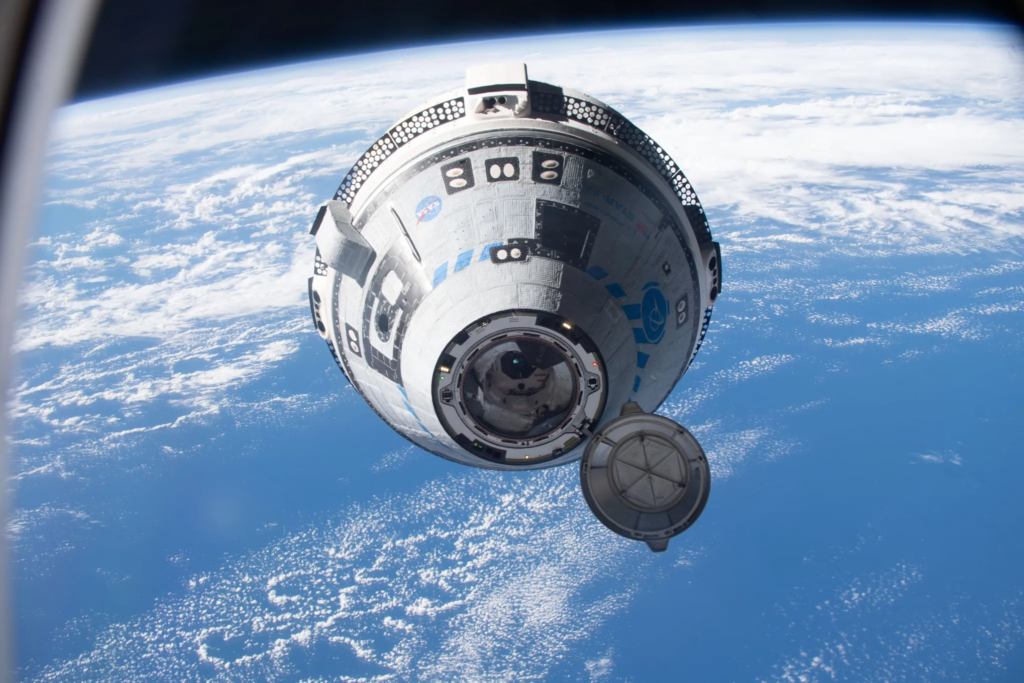Commercial Infrastructure and Support Industries
Space Stations
NASA, Boeing extract lode of data amid Starliner’s extended stay in space


Boeing Starliner Commercial Crew Module deemed safe to return astronauts to Earth for emergency return as engineers diagnose anomalies.
2015 – Space Stations
For fiscal year (FY) 2015, NASA spent $1.52 billion on ISS systems operations and research, a decrease of $42.0 million from the $1.57 billion spent in FY 2014. ISS Crew and Cargo Transportation increased by $51.7 million from $1.40 billion in FY 2014 to $1.45 billion in FY 2015.
Economy: Space Economy – TSR 2015
2014 – Space Stations
The ISS partner nations have agreed to support regular resupply and personnel transport missions through 2020, while the United States plans to extend use of the ISS until at least 2024. For fiscal year (FY) 2014, NASA spent $## billion on ISS operations, $## million more than FY 2013 actual spending of $## billion. Construction of the $## billion ISS occurred over 14 years, relying on more than ## rocket and shuttle launches to complete. Extension beyond its planned retirement in 2020 is expected to expand the amount of research that can be performed.
Economy: Space Economy – TSR 2014
2013 – Space Stations
There were ## flights to the ISS in 2013, including ## cargo delivery missions and ## cargo delivery vehicle test mission, and ## crew transportation missions. The number and type of launches to the ISS in 2013 were similar to those in 2012. During 2013, cargo transportation was provided by ## European Automated Transfer Vehicle (ATV), ## Japanese H-II Transfer Vehicle (HTV), ## U.S. Dragon vehicle, ## U.S. Cygnus test mission, and ## Russian Progress vehicles. ## Russian Soyuz spacecraft transported astronauts and cosmonauts to and from the station.
2012 – Space Stations
For fiscal year (FY) 2012, NASA allocated $## billion for ISS operations, a slight increase over the $## billion allocated in FY 2011. The ISS was designed for a full-time crew of six and is expected to maintain this staffing level until at least 2020.
Economy: Space Economy – TSR 2012
2011 – Space Stations – Snapshot
The ISS reached core completion in 2011. The largest funding contributor to the ISS, NASA, received $## billion for the ISS in fiscal year (FY) 2011, compared to $## billion in actual spending during FY 2010. During 2011, the final ## flights of the Space Shuttle occurred. Those flights delivered cargo, crew, the Permanent Multipurpose Module, the Alpha Magnetic Spectrometer, and the Robotic Refueling Mission testbed to the ISS.